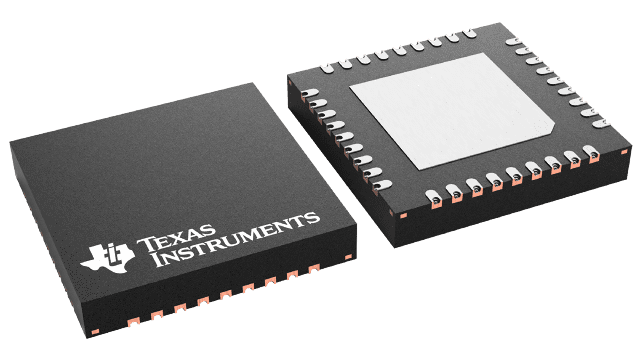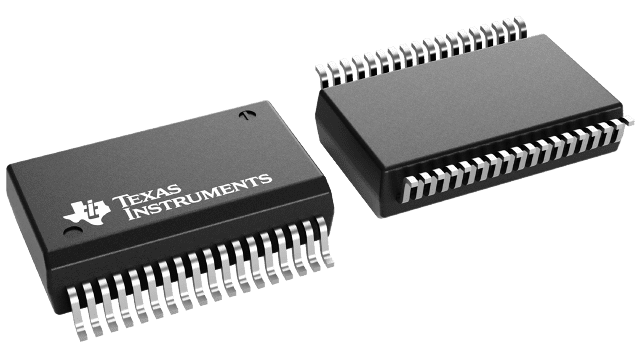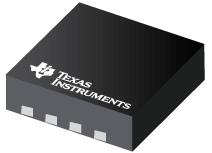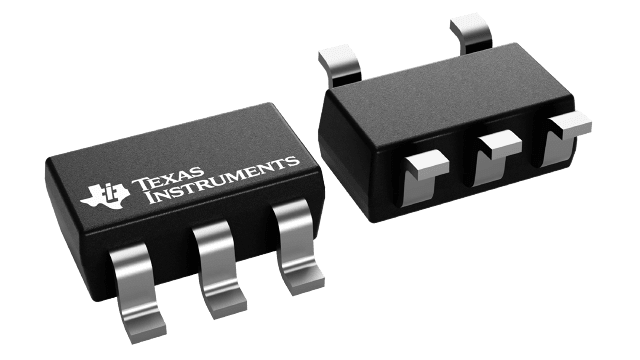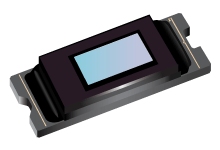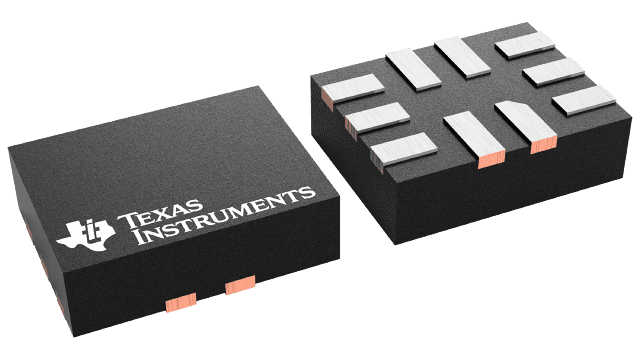BLE4.1 for IoT
How Bluetooth Low Energy is driving designs for the Internet of Things. By Josh Mickolio, Product Manager-RF, Digi-Key.
The latest versions of Bluetooth are pointing to a very interesting evolution of the technology. Bluetooth Low Energy (now called Bluetooth Smart) defines very low power modes for wireless links and is gaining traction in the portable market for point-to-point connections, but the latest additions to the specification are providing key advantages in medical, industrial and home markets as part of the Internet of Things (IoT).
With the increasing focus on wearable computing, the current version 4.0 of Bluetooth LE is enabling a wide range of new devices and form factors, from the Fitbit and Nike Fuelband fitness systems even to a 'smart' basketball. The 94Fifty Smart Sensor Basketball from InfoMotion Sports Technologies measures and diagnoses both the frequency and quality of key skills critical to build confidence, versatility and success on the basketball court using the 4.0 version of Bluetooth Low Energy.
The key to these developments has been having Bluetooth on almost every smartphone, providing a ready-made interface at no extra cost, coupled with the availability of low cost, pre-certifed modules that can be easily integrated into an existing design. Bluetooth 4.1, released in December 2013, takes this a step further, using that interface to control a network rather than just an individual device. This is a fundamental change in the way Bluetooth operates and opens up a wide range of new applications for the Internet of Things.
Powering a device from a small or rechargeable battery is key for the wearable market and it is also vital for the Internet of Things. Being able to run an embedded wireless link for several years from one battery is driving the adoption of Bluetooth Smart in IoT as well.
DSSS in ISM
Bluetooth LE uses the same 2.4GHz ISM band frequencies as the previous Classic Bluetooth but implements a simpler Gaussian frequency shift protocol to reduce the power consumption. It also uses smaller, 2MHz channels and direct-sequence spread spectrum (DSSS) modulation, giving it lower power and more robust connections. This helps with reducing any interference from other 2.4GHz networks such as ZigBee, WiFi or cellular data such as 3G and LTE.
The 4.0 and 4.1 specifications use 40 of the 2MHz channels, giving a link bit rate of 1Mb/s and an application throughput of 270kb/s. However, this lower bit rate for applications is offset by reducing the latency from 100 to 6ms to enable more monitoring applications. The maximum transmit power is also reduced to 10mW, reducing the range to under 50m, which is more than sufficient for the short range wearable and home applications.
Version 4.1, allows devices to support multiple roles simultaneously so that a Bluetooth Smart Ready product can act as a hub and a peripheral at the same time. The coexistence with other wireless technologies, notably WiFi on the same 2.4GHz band, has been improved, and dedicated channels have been added, and it is these that specifically enable IoT applications.
This comes from a Logical Link Control and Adaptation Architecture (L2CAP) that supports the higher-level protocol multiplexing, packet segmentation and reassembly and quality of service information that is needed for IoT, using 64Kbyte packets. The architecture is based around channels where each endpoint has a channel identifier (CID). The CID assignment is relative to a particular device and a device can assign CIDs independently from other devices, making it easy to add devices to a network. There is also more support for the user as, with 4.1, connections are re-established automatically, so when a user enters a room the connection is re-made. 4.1 also supports bulk transfers of data, setting up a link and downloading a larger file rather than having to maintain a constant connection.
GATT
All the 4.0 and 4.1 devices will be branded Bluetooth Smart, but there are some distinctions and these tend to be based around the Generic Attribute Profile, or GATT. The profile describes a use case, roles and general behaviours as well as the Bluetooth services that encapsulate the behaviour of part of a device. This also includes hierarchy of services, characteristics and attributes.
Bluetooth Smart is for equipment using the Low Energy Core Configuration or Basic Rate and Low Energy Combined Core Configuration, along with using the GATT-based architecture to enable particular functionality of the product. Typically, Bluetooth Smart branded products are sensor or data collector devices transmitting data to a ‘hub’ device like a smartphone or tablet.
Bluetooth Smart Ready is for equipment using a Basic Rate and Low Energy Combined Core Configuration, along with using the GATT-based architecture to provide a means by which the end user can choose to update that Smart Ready product with the functionality of a Bluetooth Smart product. Typically, these are ‘hub’ devices such as smartphones, tablets or PCs receiving data from a Bluetooth Smart device and turning it into useful information through the use of an application on the device or in the cloud.
The traditional ‘Bluetooth’ brand is used for equipment that is not using the low energy feature of the core specification and the GATT-based architecture, such as as wireless speakers, headsets or in-vehicle communication devices.
Module makers such as Laird Wireless, BlueGiga and ConnectBlue combine highly integrated transceiver chips with an antenna and interfaces, all in a compact footprint that supports both the Bluetooth Smart and Bluetooth Classic operation These 4.0 modules incorporate all the hardware and firmware required to support development of BLE applications, including UART, SPI, I2C, ADC, and GPIO interfaces, and it is a short step in firmware from 4.0 to 4.1. This allows the expertise that has been developed in the fitness market to be used for cost effective implementations in the Internet of Things.
In addition to carrying FCC modular, IC, CE and MIC approvals, the modules can be fully qualified as a Bluetooth End Products. This enables designers to integrate the modules in their existing devices without the need for further Bluetooth Qualification, dramatically speeding up developments.
The next step is enhancing the firmware to support version 4.1 and developing new IoT applications that make use of these new capabilities, and these will take some time to develop and test. Chip maker CSR provides a complete set of tools for software development, board design and production test around its uEnergy Bluetooth chip to support such developments. This chip sits on a reference module with a USB programming interface and interfaces for breaking out I/O to application-specific sensors and actuators.
The fully licensed CSR xIDE software development environment includes example applications for popular Bluetooth Smart profiles and host applications for both iOS and Android smartphones to simplify the project. The Target board is normally powered from the host USB connection but can also be run standalone from an on-board coin cell to allow real application power measurements to be made.
Bluetooth 4.1 is creating a whole new opportunity for the development of the Internet of Things. With low power and low cost modules that deliver flexible, robust data connections, all kinds of devices can be easily upgraded for connectivity and easily connected up to smartphones and tablets with a wide range of new applications. Pre-qualified modules and development kits to support highly integrated silicon devices help developers add this capability quickly and easily to existing and new designs.



